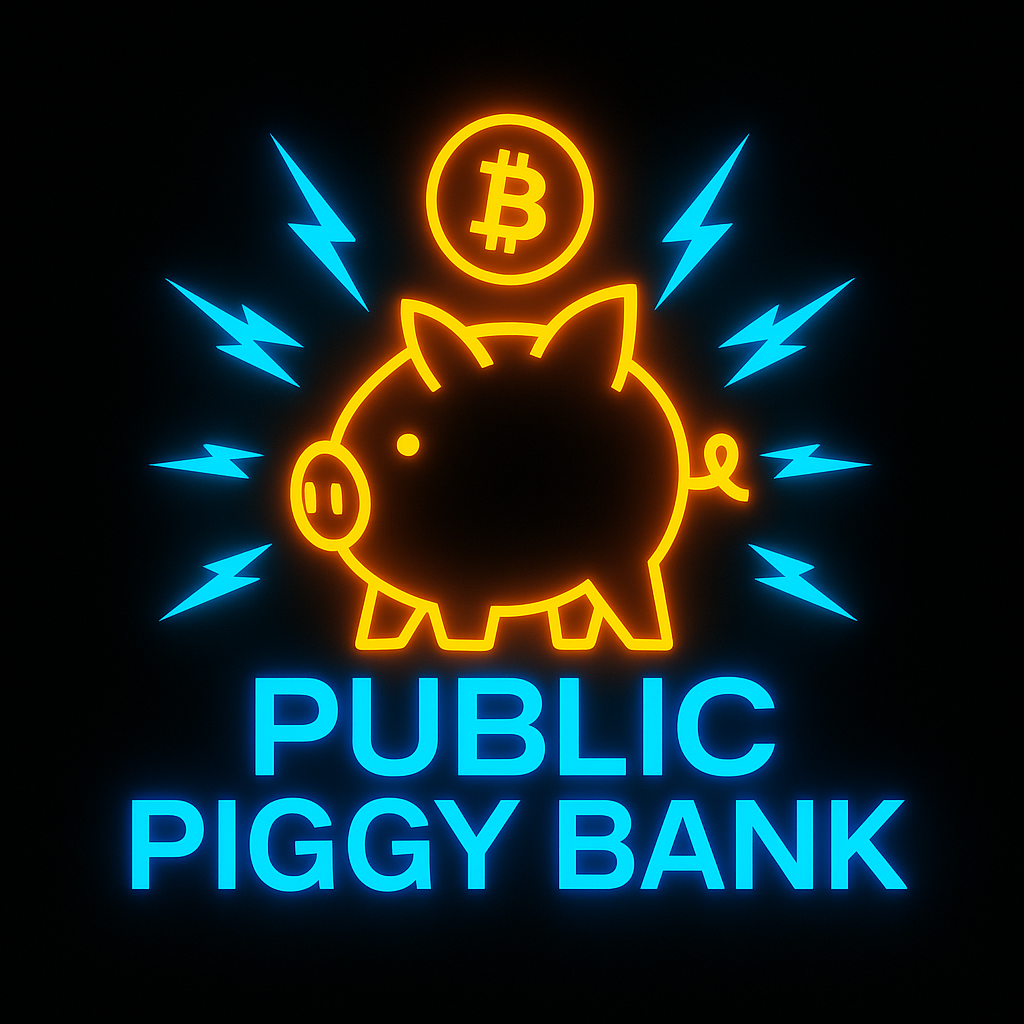
Precious Metals vs. Precious Code
Scarcity & Supply: Gold is naturally scarce – it’s a finite resource on Earth, and new gold is hard to find and expensive to mine. The global gold supply increases by roughly 1.5–2% per year from mining. In contrast, Bitcoin’s supply is strictly capped at 21 million coins by design. New bitcoins are released on a predetermined schedule that halves the issuance rate every four years (the “halvings”). Currently about 19.4 million BTC have been mined, and the inflation rate of Bitcoin’s supply has dropped below 1% per year (≈0.8% after the 2024 halving) – which is even lower than gold’s annual supply growth. This absolute scarcity (no dilution beyond 21 million) is a fundamental part of Bitcoin’s value proposition as digital gold. Gold’s supply isn’t fixed – theoretically more gold could be found (or extracted from asteroids in the future), but practically the easy deposits are mined, and production is constrained by geology and cost. Gold’s stock-to-flow ratio (amount of above-ground stock relative to annual production) is around 60 years, one of the highest for any commodity – which historically made it suitable as money. Bitcoin started with a low stock (zero in 2009 Birth of Bitcoin), but its stock-to-flow is rapidly rising; after 2024 its stock-to-flow will exceed gold’s, meaning it will become more scarce in flow terms than gold.
Durability: Both assets score very high here. Gold is virtually indestructible – it does not corrode or tarnish, and gold artifacts have survived thousands of years. Bitcoin’s durability is a different concept: so long as the Bitcoin network is running and copies of the ledger exist globally, one’s bitcoins cannot be destroyed. In practice, Bitcoin’s network has proven extremely resilient (99.99% uptime since inception) and robust against attacks, suggesting strong durability of the system. Individual bitcoins are just ledger entries, so they don’t degrade – but access to them depends on keeping cryptographic keys safe (losing a wallet key can render bitcoins irretrievable, as has happened in notable cases).
Divisibility: Bitcoin is highly divisible – each bitcoin is divisible into 100 million units (Satoshi’s). One can send 0.00000001 BTC if needed. This makes Bitcoin very practical for transactions of any size, from micro-payments to large transfers. Gold is far less divisible as a physical substance. An ounce of gold can of course be subdivided, but doing so (e.g. cutting a gold bar or coin) is impractical beyond a point. In modern markets, gold is traded in small denominations via coins (like 1/10th oz coins) or via financial products, but using gold for, say, a cup of coffee would be unrealistic not many stores if any takes gold dust or flakes. Bitcoin’s superior divisibility gives it an edge for monetary use.
Portability and Transaction Ease: Bitcoin is often called digital gold in part because it is much easier to move around. You can send any amount of Bitcoin globally in minutes, using just an internet connection, typically for very low fees. Settlement is achieved without needing banks or vaults. Gold, on the other hand, is heavy and costly to transport, especially in large values. Moving gold internationally often requires security transport, insurance, and can take days or weeks with significant costs, if you ha e ever tried you know. For everyday payments, gold is not practical – you wouldn’t carry gold bars to a store. Bitcoin can be spent via a simple QR code or even sent over radio/satellite in extreme cases. However, Bitcoin’s dependence on electronic infrastructure means it’s unusable in the absence of electricity or internet, whereas gold can be held and valued offline as a physical bearer asset. In scenarios where digital networks are down, gold has an advantage (though such scenarios are rare).
Fungibility: Gold is fungible – any two 1-ounce gold coins of .999 purity are essentially interchangeable and equal in value. Bitcoin at the protocol level is fungible (1 BTC = 1 BTC)
Verifiability: Authenticating gold’s purity requires effort – assays, stamps, or trust in reputable refiners. Fake gold (counterfeits or gold-plated bars) can deceive people, and about 41% of US coin dealers reported customers trying to sell them fake gold coins according to a survey. Bitcoin, by contrast, is trivially verifiable with software – every coin’s validity is proven by digital signatures and the blockchain’s consensus rules. One can verify a received Bitcoin transaction with a full node and be sure it’s genuine. Thus, Bitcoin provides very high assurance against counterfeiting, whereas the gold market still contends with some fake bullion and requires trust in testing.
Throughout history, gold has served as humanity’s most trusted guardian of wealth—an enduring symbol of value shaped by nature’s scarcity and timelessness. But now, in the digital age, Bitcoin emerges as an unparalleled force, combining mathematical certainty, immutable scarcity, and unmatched verifiability.
Bitcoin doesn't simply mirror gold’s virtues—it transcends them. Its scarcity defined by code, wealth secured by cryptography, and value transported effortlessly around the globe. As we stand on the precipice of this financial revolution, the choice between gold and Bitcoin isn't merely about investment; it's about aligning with the unstoppable momentum of technological evolution and redefining what it truly means to secure wealth for generations to come.
The future is digital. The future is absolute scarcity. The future—is Bitcoin.

